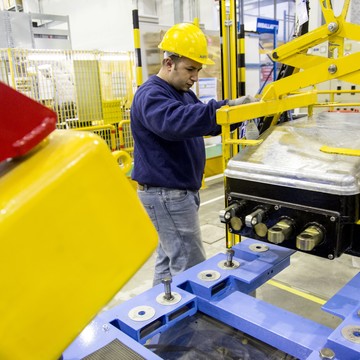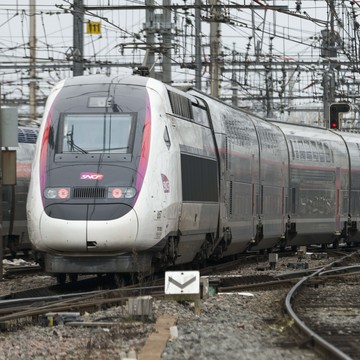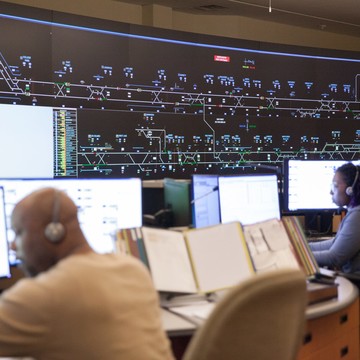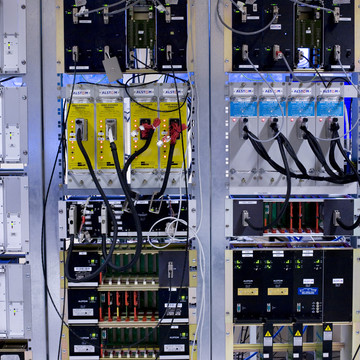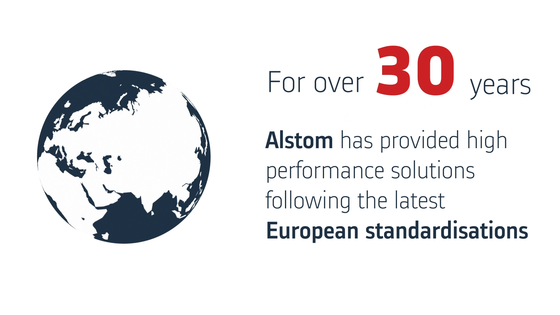
Powering railways into the future
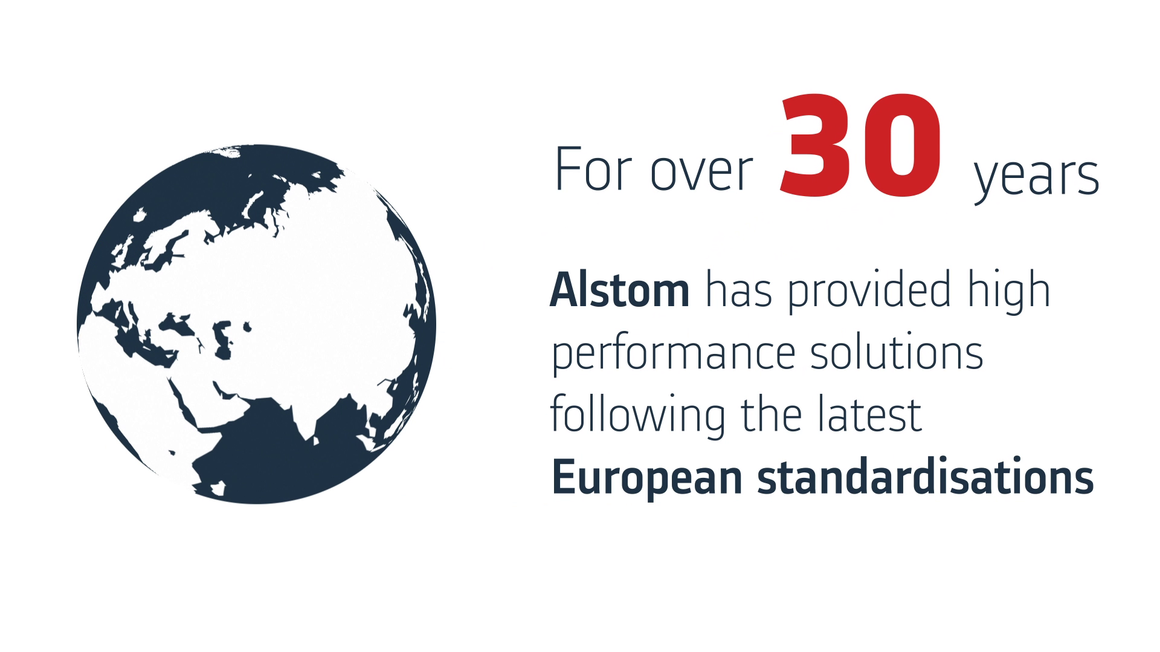
The Fourth Industrial Revolution and what it means for the rail industry
In terms of CO2 emissions, and energy consumption, rail is the most sustainable means of transportation. Nevertheless, to make rail truly attractive, we also need to manage the growing volumes of passenger and freight without constant reinvestment in new infrastructure or technologies.
The original Industrial Revolution was made possible by innovations in water and steam, while the Second saw electricity introduced to power new systems and ideas. The Third Industrial Revolution, meanwhile, ushered in the digital era, developing exciting ways for information technology and electronics to work in tandem. Now the Fourth Industrial Revolution, focused on automation and smart technologies, is building on its predecessor, while being just as revolutionary in terms of achievements, not least for rail.
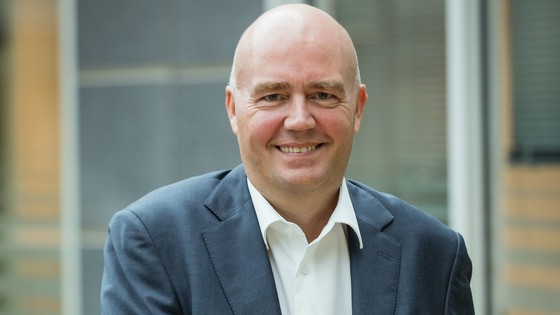
After graduating in Electronic Engineering at Université Polytechnique de Liège (Belgium), Jean Marc joined Alstom in 1990 and took several roles in software design, commissioning and project management for rolling stock, in Belgium and France. In 2002, he moved to the world of signalling and has since been part of the ERTMS adventure. After time as Site Managing Director in Charleroi (Belgium) from 2010 to 2017, Jean-Marc is now based at Alstom’s headquarter in Paris, where he is leading the Mainline Signalling Platform, shaping global product strategy and ambitious R&D plans, and supporting international bids and projects.
When he is not delivering signalling solutions for networks around in the world, Jean-Marc likes to spend time with his family & friends, to go cycling and jogging, and to read about famous political leaders.
Rethinking rail capacity - making upgrades affordable
Extraordinary growth in rail demand has pushed many systems to their capacity limits, and this is a challenge that can be met by the advanced digital signalling, made possible by the latest technologies. It creates new possibilities for increased passenger numbers and freight volumes.
How do we do this? By moving products and cables away from the track and onto trains we shift our focus from developing hardware to software and solutions that focus on intelligent use of data and automation. It is all about establishing communication that is more reliable, immediate and accessible. The cherry on the cake: When less trackside equipment is needed the associated cost for maintenance is eliminated.
Smarter maintenance and more secure systems
When rail systems become more ‘hardware-agnostic’, introducing new functionalities becomes easier. Since systems can be updated more easily, the possibilities for new and more efficient servicing methodologies open up.
For example, applying advanced analytics to operational data improves our understanding which then can be used to improve traffic management or pinpoint how an operator can make substantial energy savings across a network.
Through data fusion, algorithm functions are transferred from track to train. Using both satellite navigation and inertial movement to accurately and safely measure the location and speed, equipment for trackside monitoring is now integrated within the train. Hence, the system becomes easier to maintain and more versatile.
Shifting to software also means that updates can be rolled out remotely – ensuring a system never goes out of date and is cybersecure during a train’s entire life cycle.
Harnessing the power of digital
The Fourth Industrial Revolution goes hand in hand with an evolution of new business models for the rail industry. A movement away from trackside hardware is progressively transforming Alstom from an infrastructure to a digital and software-based company.
In addition, the cross-pollination of technologies means that more and more of our applications are not specific to railways. Instead, we are looking at a range of solutions for all markets. We are taking fresh ideas and concepts and adapting them to rail to ensure they meet the highest standards of both efficiency and safety which can also be applied to other industries. The future is already here, and we are determined to stay one step ahead.
